Archive for November, 2011
Club Funds
Sunday, November 20th, 2011
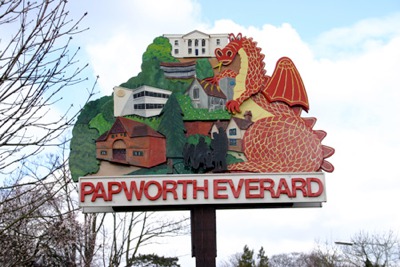
Club Funds
Sunday 20th November 2011
Many thanks to Papworth Everard Parish Council, who recently voted to donate £100 towards our meeting costs.
The Club recently wrote to the Parish Council to ask for help with paying for the room hire for our meetings. While members had very kindly been paying for meetings this year, we felt that even this small charge would inevitably put some people off attending and would also prohibit us from inviting the high calibre speakers we’ve been used to over the last few years.
We’re incredibly grateful to the Parish Council for their generous offer, which now means we can go back to only having to ask for a contribution towards refreshments at the meeting.
Online Astronomy Lectures
Sunday, November 20th, 2011

Club member Mick Nicols has recommended an excellent series of lectures that are available for free download from the Academic Earth web site.
“Introduction to Astrophysics” by Charles Bailyn of Yale University focuses on three particularly interesting areas of astronomy that are advancing very rapidly: Extra-Solar Planets, Black Holes, and Dark Energy.
“Astrobiology and Space Exploration” by Lynn Rothschild of Stanford University describes the new meta-discipline which combines astronomy, biology, chemistry, philosophy, and physics in an effort to study the current state of life in the universe.
Breckland Astronomical Society Star Party
Sunday, November 20th, 2011
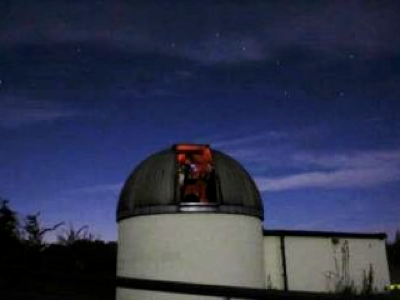
Sunday, 20 November 2011
The Breckland Astronomical Society will be hosting their first ‘Star Party’ at the Haw Wood Farm Caravan Park in Suffolk from Friday 23rd March to Monday 26th March, 2012.
This part of Suffolk near the Southwold coast is a very good ‘dark sky’ area, and the observing theme will be the ‘Messier Marathon’. Visit their web site for more information.
Society for the History of Astronomy
Sunday, November 20th, 2011
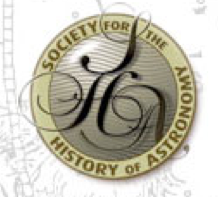
Sunday, 20 November 2011
We received a letter (yes, a real one made from paper and delivered by ‘snail mail’) to tell us The Society for the History of Astronomy will be holding their Spring Conference at the National Maritime Museum in Greenwich, on 28th April, 2012. However there aren’t (as yet) any details on their web site, so if you would like more information please ask Peter Sandford and he can pass on the letter.
Astronomy Courses
Sunday, November 20th, 2011
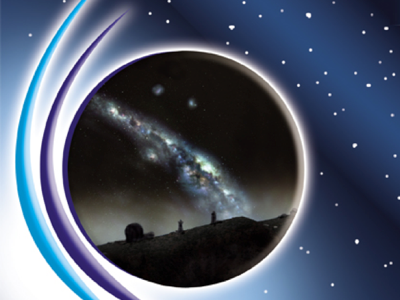
Sunday, 20 November 2011
Johanna Jarvis contacted us to tell us about a number of astronomy courses she runs. The next planned is a weekend residential course starting February 3rd 2012, at Knuston Hall, Irchester, Northants. You can find more information on her web site.
Dr David Green – “Supernova Explosions Through History”
Wednesday, November 2nd, 2011
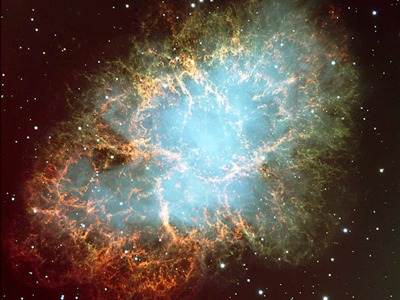
Wednesday 2nd November 2011
We were pleased to welcome Dr David Green, a senior lecturer at the Cavendish Laboratory in Cambridge. Dave gave us a very well-delivered combination of historical astronomy and modern research on supernova explosions. Specifically, he described the remnants of a number of supernova explosions that were recorded by earlier civilisations The most well known of these is the Crab nebula (M1) produced by a supernova which was observed by the Chinese in 1054 AD.
Many supernovae have been detected outside our own galaxy (a recent one being the object visible to amateurs in M101), but it has been estimated that one should occur every 50 years or so inside our own. Many of the latter will not necessarily be visible through optical telescopes because of obscuring dust clouds, but their remnants will be detectable with radio telescopes.
Dave described the way the ancient Chinese plotted the constellations, noting that they sometimes consisted of only a single star! Some of the supernovae must have been spectacular, since relating the ancient records to modern values of stellar magnitudes show that they could a magnitude of -6 or greater; this would cast a similar light to the moon.
Current research focuses on radio observations of the structure of the supernova remnants, particularly since some show unusual distributions of X-ray and other high energy radiation. The Crab nebula itself contains a curiously shaped band of radiation that was only observable with advanced instrumentation. These puzzling findings are clearly providing astronomers in this field with plenty of theories to generate and explore with further observations.